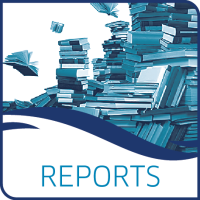Scottish Marine and Freshwater Science Vol 11 No 4
Climatological (“average year”) flow fields from the Scottish Shelf Model (SSM) have been used to estimate the degree of connectivity between Scottish finfish aquaculture Farm Management Areas (FMA) using off-line particle tracking simulations of virtual organisms (“particles”) representing the infective phases of sea lice. The analysis carried out in this document is based on presence-absence of connections between FMAs as well as connection probabilities above a defined threshold. A weighting (relative to the consented biomass of farms within each FMA) was also applied to the probabilities to give a more realistic scenario.
Data and Resources
| Field | Value |
|---|---|
| Publisher | |
| Modified | 2020-03-27 |
| Release Date | 2020-03-27 |
| Identifier | 62367af2-8401-40df-bdaf-99cc7f54e156 |
| Spatial / Geographical Coverage Location | Scotland |
| License | UK Open Government Licence (OGL) |
| Author | |
| Data Dictionary | The connectivity analysis is based on output from a coupled bio-physical model. Details about the hydrodynamic model, forcings, model integration, the biological model, particle releases, and the connectivity analysis can be found in Rabe et al. (2020). |
| Contact Name | Marine Scotland |
| Contact Email | |
| Public Access Level | Public |


